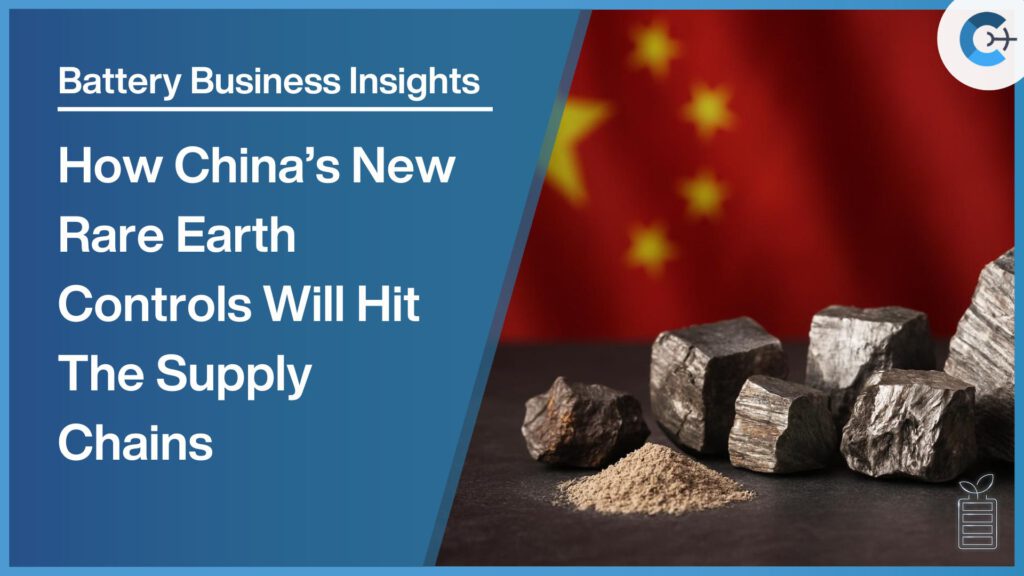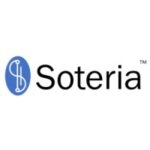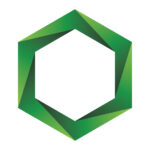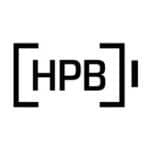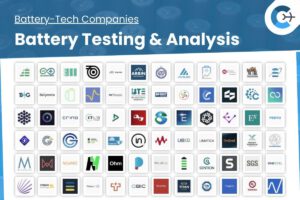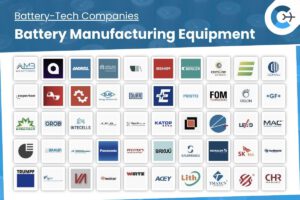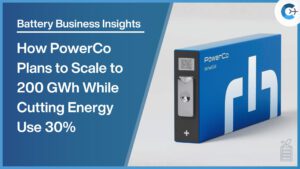Welcome back to this week’s Battery Business Insights article on China’s rare earth export restrictions and what they mean for EVs, batteries, and high-tech manufacturing. Beijing’s October measures expand earlier controls and add extraterritorial rules modeled on U.S.-style de minimis and foreign direct product concepts. The policy now covers magnets, sputtering targets, and technology, with presumptive denials for military end-use and case-by-case review for semiconductor-related items. Because EV traction motors rely heavily on rare earth magnets, this shift matters for automakers, e-axle suppliers, and procurement teams planning 2026–2027 models.
Key takeaways: Facts overview—what’s materially changed
- 0.1% trigger outside China: Foreign-made goods containing at least 0.1% (by value) of specified Chinese-origin rare earths require a Chinese export license to ship onward, even between two third countries. The rule also covers items manufactured using Chinese rare earth technologies.
- Coverage extends to magnets and targets: Permanent magnets (e.g., NdFeB and SmCo types that include controlled heavy rare earth additives) and sputtering targets are explicitly scoped.
- Military end-use: Licenses for military end-use or end-users are presumed denied, including affiliates controlled 50% or more by restricted entities
- Semiconductor scrutiny: Semiconductor-related applications face case-by-case approvals; foreign producers must prepare detailed end-use documentation
- Effective timing: New controls for foreign reexports take effect December 1, 2025
- Market concentration: China produced about 270,000 t of rare earths in 2024 (~70% of global mine output), controls nearly 90% of refining, and produces roughly 95% of rare earth magnets (FocusTaiwan October 12, 2025; CBS News October 10, 2025)
 You will find more infographics at Statista
You will find more infographics at Statista
Background: How we got here
China issued initial 2025 controls in April covering seven rare earth elements—scandium, yttrium, samarium, gadolinium, terbium, dysprosium, and lutetium—largely targeting medium and heavy rare earths critical to high-coercivity magnets and other advanced applications. Those measures introduced licensing for sensitive exports but were still focused on materials and simpler products.
Trade talks in May–June yielded a framework to cool tensions, but licenses and delays persisted, and supply remained tight for some buyers. By early fall, Beijing opted to expand and formalize its control toolkit, adding elements, alloys, oxides, magnets, and technology—and asserting jurisdiction far outside China’s borders.
Where We Stand: What’s in the October rule set
Beijing’s Notice 2025 No. 61 creates an FDPR-like regime. Designated foreign exporters must obtain a Chinese license to ship covered goods that either: contain at least 0.1% (by value) of specified Chinese-origin rare earths; were made using Chinese rare earth technologies; or were originally produced in China. The list extends to permanent magnets and sputtering targets that include controlled materials.
The rule presumes denials for military end-users or uses, and it treats affiliates controlled 50% or more by listed entities as in-scope. Semiconductor-related goods face case-by-case review. While the notice does not spell out penalties in detail, it requires overseas firms to interact with MOFCOM’s licensing system for many cross-border transactions that previously were outside Chinese jurisdiction.
Beijing also added 14 foreign entities to its Unreliable Entity List, targeting a set of defense-linked organizations. Washington signaled potential retaliatory tariffs, and EU officials raised alarms about knock-on risks to European supply chains.
Impact: What it means for EVs, batteries, and semiconductors
- Cleantech and OEMs: High-performance traction motors often use neodymium-iron-boron (NdFeB) magnets with dysprosium and terbium additions for high-temperature stability. While cathode/anode materials do not rely on rare earths, these magnets are central to motor efficiency and compactness. The new licensing regime can slow shipments, raise compliance costs, and add premiums for magnets with heavy rare earth content. Some automakers may accelerate designs that reduce or eliminate dysprosium/terbium, or shift to induction or ferrite-based solutions in certain segments. (Source: White & Case October 2025; The Wall Street Journal October 13, 2025)
- Supplier pricing and lead times: Magnet makers outside China that source powders, metals, or additives tied to Chinese-origin materials now face licensing. That adds documentation burdens and the risk of longer lead times, especially into the December–Q1 window when rules take hold. Buyers should expect more spot price volatility for dysprosium- and terbium-heavy grades. (Source: Reuters October 14, 2025; Bloomberg October 14, 2025)
- Semiconductor and equipment users: Sputtering targets and magnetics used in fab equipment may face case-by-case approvals. That could introduce friction for lithography, deposition, and metrology subsystems that incorporate controlled materials. (Source: Mayer Brown October 2025; CNBC October 9, 2025)
Overall, the measures tighten China’s hold over magnet-grade heavy rare earths. Because China produces roughly 95% of global rare earth magnets and ~90% of refining, licensing friction in one jurisdiction can ripple across multiple tiers of the supply chain.
Supporting Section: Compliance, scope, and regional exposure
- Extraterritorial scope and thresholds: The 0.1% by-value test is unusually low. It captures downstream assemblies with minor content and reaches goods made with Chinese rare earth technologies, even if materials are sourced elsewhere. Compliance will require granular bills of materials, supplier attestations, and origin/value breakdowns. Companies should prepare for iterative questions from MOFCOM reviewers. (Source: CSET October 9, 2025; White & Case October 2025)
- Taiwan, Japan, and Southeast Asia: Many Taiwanese and Japanese components incorporate powders or intermediates tied to Chinese feedstocks. Analysts expect knock-on effects where Japan-origin semi-finished goods contain Chinese-origin content, which would trigger the licensing requirement on reexport. (Source: FocusTaiwan October 12, 2025)
- Alternative supply efforts: Australia and the U.S. are working to expand mining, separation, and magnet-making. Australia has positioned itself to scale supply to U.S. buyers; in the U.S., the government invested in MP Materials and backed magnet capacity additions, while Noveon and Lynas announced a partnership to expand U.S. magnet supply. These moves help, but scaling heavy rare earth separation and magnet production is a multi-year effort. (Source: Al Jazeera October 17, 2025; CSIS September 10, 2025)
What’s Next
Near-term (next 3–6 months): Expect license queues, iterative regulator questions, and shipment rescheduling around the December 1 start for foreign reexports. Procurement teams should map Chinese-origin value and technology touchpoints in magnets, powders, and targets, and pre-file for licenses where possible.
2026 model-year design shifts: Manufacturers and OEMs will need to accelerate designs with lower dysprosium/terbium intensity, consider induction motors in more trims, and dual-source magnet supply in China+1 configurations. Expect more offtake agreements tied to U.S., Australian, and Japanese projects as risk insurance.
Washington and Brussels are likely to expand financing, tax credits, and defense procurement guarantees for heavy rare earth separation and magnet lines. Watch for joint purchasing and strategic stockpiles to manage dysprosium/terbium exposure.
Final Take
China’s October controls extend licensing to foreign-made goods with small amounts of Chinese-origin rare earths and pull magnets and targets into scope. For OEMs, the pressure point is mainly EV motors—while battery industry-related restrictions were covered by another recently introduced regulation. More on that: How China’s Export Controls on High‑End Batteries and Materials Will Impact Global Supply Chains.
Statements and Sources
- China’s Ministry of Commerce issued Notice 2025 No. 61 on October 9, 2025, expanding rare earth export controls with extraterritorial reach and a 0.1% value threshold for Chinese-origin content in foreign-made goods (CSET, October 9, 2025)
- The rules cover permanent magnets and sputtering targets containing controlled rare earths, as well as items produced using Chinese rare earth extraction, separation, smelting, magnet-making, or recycling technologies (White & Case, October 2025)
- Export license applications for military end-use or end-users are presumed denied; entities controlled 50% or more by listed users are included (CSET, October 9, 2025)
- Semiconductor-related uses face case-by-case review; foreign firms must seek approval to export covered goods even if manufactured outside China (Mayer Brown, October 2025)
- The October measures add five more rare earth elements and broaden coverage to alloys, oxides, magnets, and technology, expanding an April 2025 list that included scandium, yttrium, samarium, gadolinium, terbium, dysprosium, and lutetium (CSET, October 9, 2025; CSIS, September 10, 2025)
- Several provisions are modeled on “FDPR-like” rules, asserting jurisdiction over reexports and foreign-made items with specified Chinese content or technology (White & Case, October 2025)
- Implementation for foreign reexports is set to begin December 1, 2025 (The New York Times, October 9, 2025)
- China added 14 foreign entities to its Unreliable Entity List on October 9, 2025, largely targeting U.S. defense-related firms (Reuters, October 9, 2025)
- U.S. President Donald Trump threatened higher tariffs in response to the controls (CBS News, October 10, 2025)
- China accounts for roughly 70% of rare earth mine output in 2024 (270,000 t) and nearly 90% of refining capacity (FocusTaiwan citing USGS, October 12, 2025)
- China produces about 95% of the world’s rare earth magnets (Wood Mackenzie via CBS News, October 10, 2025)
- EU officials called the new controls a critical concern for supply chains (The Wall Street Journal, October 2025)
- Licensing scrutiny on rare earth magnet exports tightened in September ahead of the October rules (Reuters, October 14, 2025)
- Bloomberg reported that overseas firms must obtain Chinese approval before exporting products containing certain controlled rare earths or made with Chinese rare earth technology (Bloomberg, October 14, 2025)
- U.S. industrial responses in 2025 included a Department of Defense equity investment in MP Materials and a Noveon-Lynas partnership to build U.S. magnet capacity (CSIS, September 10, 2025)

